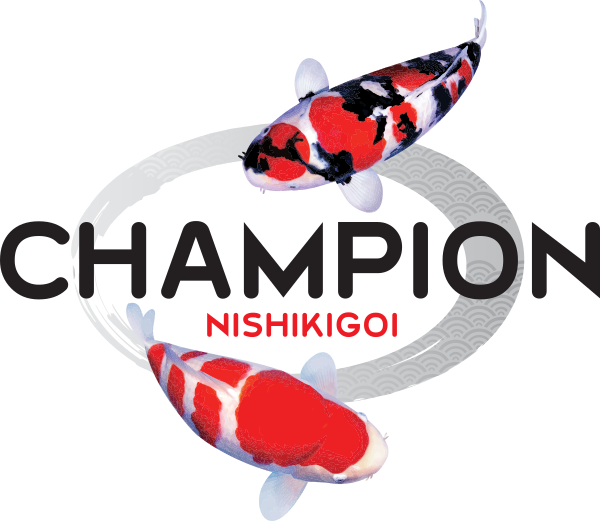Pond Water & Care Guide for Koi Fish
Koi fish, originally from Japan, are revered for their beauty and tranquil presence. To ensure your koi remain healthy and vibrant, it's essential to provide the proper care and environment. Here's a comprehensive guide on maintaining optimal pond water conditions for koi.
1. Water Quality
pH Level:
- Ideal range: 7.0 – 8.5
- Maintaining a stable pH level ensures the water isn't too acidic or alkaline for the koi.
Ammonia and Nitrite:
- Ideal range: 0 ppm (parts per million)
- Ammonia and nitrite are toxic to koi. They're the result of fish waste, decaying organic matter, and excess food. Using beneficial bacteria can help break down these compounds.
Oxygen Levels:
- Ideal range: Above 6 ppm
- Aeration devices like air stones, waterfalls, or fountains can help maintain healthy oxygen levels.
2. Filtration
A good filtration system performs three functions:
- Mechanical filtration: Removes solid particles like fish waste, uneaten food, and debris.
- Biological filtration: Uses beneficial bacteria to break down harmful ammonia and nitrite.
- Chemical filtration: Occasionally needed to remove various contaminants, using activated carbon or other specialized media.
3. Temperature
Koi are cold-water fish but thrive best at temperatures between 15°C (59°F) and 25°C (77°F). During colder months, they become less active and require less food.
4. UV Sterilization
A UV sterilizer can help control green water (algae blooms) and reduce harmful pathogens.
5. Regular Water Changes
Perform regular water changes, about 10-20% every week or two, to dilute harmful compounds and replenish essential minerals.
6. Pond Size and Depth
Ensure your pond is spacious enough for the koi to swim freely. A depth of at least 3 feet is recommended to protect koi from predators and provide a cooler area during hot weather.
7. Diet and Feeding
- Feed koi a high-quality pellet diet suitable for their size.
- Adjust the amount of food based on water temperature. In colder temperatures, reduce feeding or switch to a wheat-germ based diet.
- Avoid overfeeding. Feed only what the koi can consume in about 5 minutes.
8. Planting
Aquatic plants help improve water quality by absorbing excess nutrients and providing shade. Ensure plants are safe for koi, as some might eat them.
9. Preventing Algae
Algae can be controlled by:
- Adding aquatic plants to compete for nutrients.
- Using algaecides or beneficial bacteria products.
- Keeping the pond clean from debris.
10. Disease Prevention
- Quarantine new fish before introducing them to the pond.
- Monitor koi for signs of stress or disease, such as erratic swimming, ulcers, or discoloration.
- If a fish appears sick, consult with a koi expert or veterinarian for proper diagnosis and treatment.
11. Winter Care
In colder climates:
- Use a pond heater or de-icer to ensure a portion of the pond remains unfrozen, allowing for gas exchange.
- Reduce feeding or stop altogether if temperatures drop below 10°C (50°F).
Conclusion
Taking care of your koi involves regular maintenance, understanding their needs, and being vigilant about their health. When you create a suitable environment, your koi will not only survive but thrive, bringing beauty and tranquility to your space.
For premium Japanese koi fish, check out our collection on Champion Nishikigoi. Enjoy the serene beauty these fish bring to your pond.
